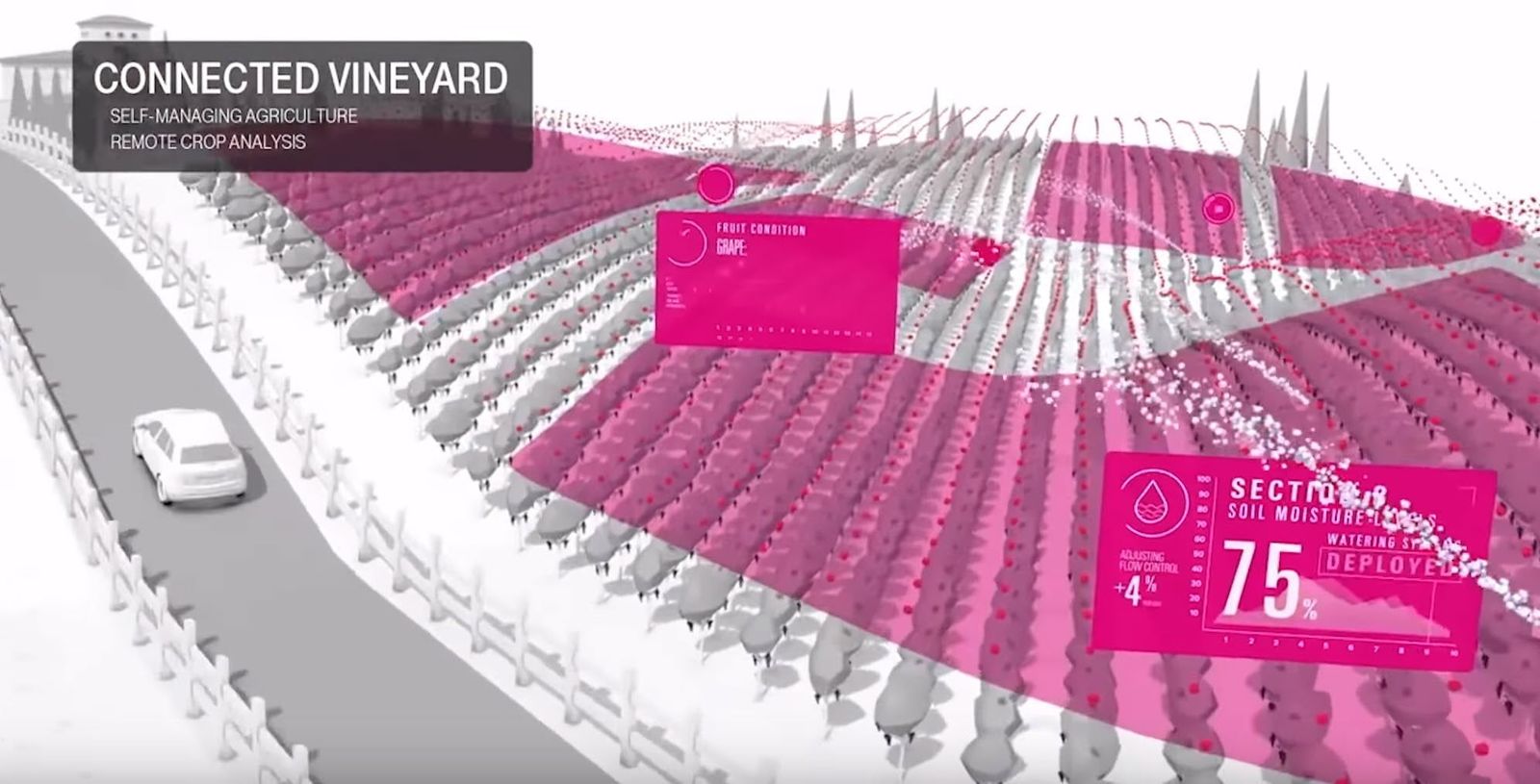There is a lot of buzz surrounding 5G, although it will take several years to see a successful 5G network in Uganda– we all know this ultra-fast wireless technology has the potential to connect everything from smartphones, to self-driving cars, to virtual worlds. In a few years from now, all telecoms will have 5G at the heart of their corporate strategy in order to enable their subscribes do all kinds of stuff like streaming videos 100 times faster.
But the 5th Generation of wireless connectivity has also left a lot of rumors about its potential, some of which are less than accurate. Today, we are going separate fact from fiction and walk you through five of the biggest myths about 5G.
Myth 1: Its about faster smartphones
While 5G networks are expected are to be up to 100 times faster, than current 4G-LTE networks. It doesn’t end there, 5G is set to be marketed as a platform that will enhance the users experience of many different technologies and devices from robots that will be able to service you coffee, to a fully connected cattle ranch to help you track your animals’ whereabouts or temperature readings. The current 4G network is nimble enough to operate such kinds of tasks as it involves real-time data and connectivity to the cloud.
In addition to robots serving you coffee, 5G is expected to automate more manufacturing processes by improving efficiency of machines and allowing humans to work along side them using Augmented reality headsets.
Myth 2: Bandwidth
What makes 5G unique isn’t the amazing amount of data it can send at a given time, but rather its low latency connections. Bandwidth measure the amount of data that can be transferred at a given time, latency measures the speed of communication between two points. 5G promises low latency connections which could be a game-changer in a lot of industries.
For example, analysts think the data could travel almost instantly may be even fast enough to mimic human reflexes, which could help doctors perform remote medical procedures due to the real-time response expected during a surgery. The technology hasn’t been widely deployed yet, the idea is that 5G will allow a physical therapist to help a patient recover their range of motion after surgery or allow students in a research hospital in Uganda to watch remote surgeries in the United States in nearly real-time.
The low latency will help increase point to point (p2p) communication in self-driving cars, these are not expected to hit the streets of Kampala anytime soon but we can keep our fingers crossed for that kind of connected future as well. 5G connections will allow automakers to transfer large amounts of data at speeds far faster that than current generation cellular service– which could allow vehicles to talk directly with each other on the road.
Myth 3: 5G will mostly impact the telecom industry

Like 4G, 5G is expected to kick start a lot of innovation in the mobile industry, but it is also making in-roads into different industries. This includes entertainment, construction and I mentioned earlier, farming. Some agricultural farmers hope to use 5G technology to allow equipment like tractors communicate to other machines on the field much faster. A skilled operator should be able to operate multiple farm machines simultaneously and facilitate real-time data capture and decision making.
Myth 4: 5G will replace 4G-LTE

Overtime, 5G will theoretically replace 4G-LTE, but thats at least decades away. The reality is that 5G requires new infrastructure of clusters of antennas that are closer to the users. If you think the current 3G/4G antenna installed on rooftops and cell-towers are very close to you, well 5G will require much more antenna deployments closer to you. We have discussed the health effects of this in a separate article. This wireless technological shift will likely take years to install across the country as we still have carriers still struggling to cover basic 2G and 3G up to now with only Airtel coming out to advertise their 4G everywhere network.
Myth 5: The rollout is coming soon

This brings us to our final myth, that 5G is coming soon. This is only true for people in certain countries and areas in big cities. In the USA for example, one of the the first countries with 5G services– many of the major telecoms have announced plans for nationwide coverage. But, so far these carriers have only deployed 5G in large cities with high population densities for obvious business reasons. In Uganda, there has been no talk of any carrier launching 5G any time soon, as they’re still struggling with current wireless technologies. This means a nationwide coverage of 5G technologies is still years away.

